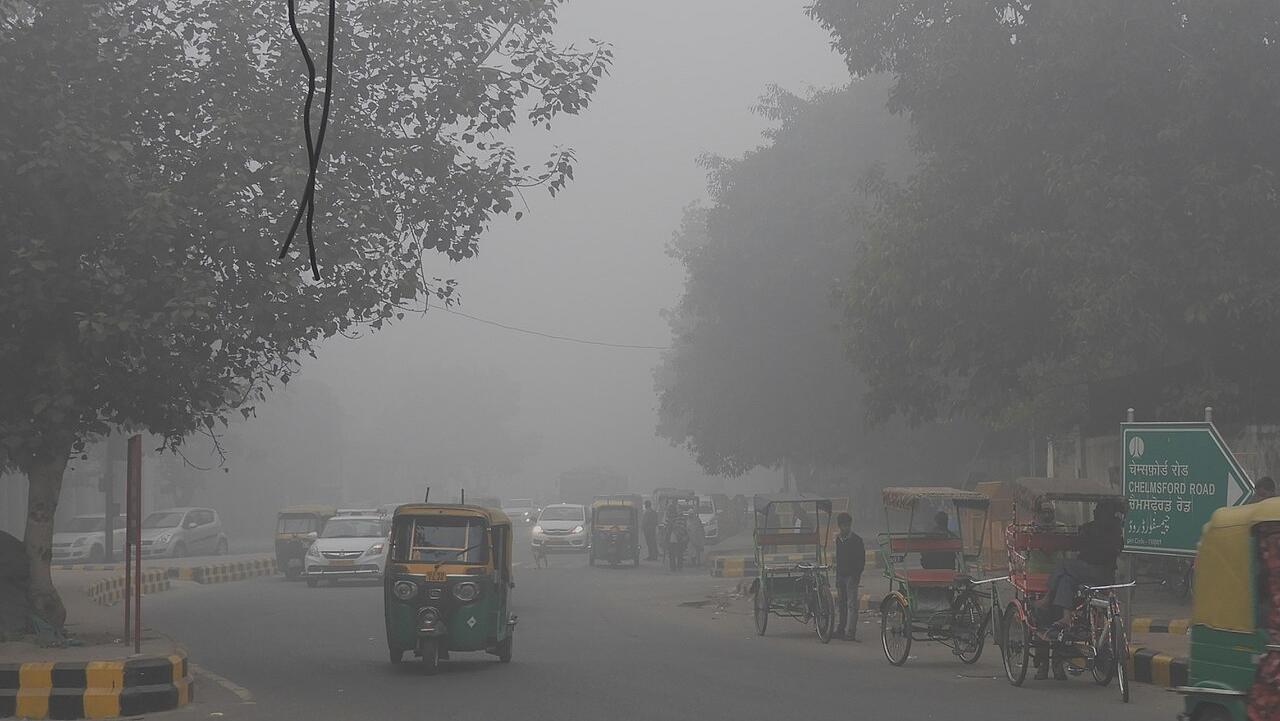Air pollution in Delhi has once again reached dangerous levels with the air quality on Wednesday remaining in the ‘severe' category for the third consecutive day.
According to the Central Pollution Control Board, the overall Air Quality Index (AQI) in Delhi was recorded at 442 at 7:15 AM, with several areas in the Indian capital registering levels between 400 and 500 and pushing into the severe category.
This is 35 times more the safe limit set by the World Health Organization, leaving residents complaining of breathing problems, and itching in their eyes and throat.
In response the Commission for Air Quality Management Centre's anti-pollution panel has imposed GRAP (graded response action plan) 4 restrictions in the capital and nearby areas.
These include entry of trucks being restricted, with exceptions for those carrying essential goods or services, a temporary ban on construction and demolition activities and hybrid learning and working encouraged for businesses and schools to allow people to stay home where possible.
Visibility in the region was also heavily reduced, with Delhi airport implementing low-visibility procedures as visibility dropped to 300 meters.
However, global chief executive of air technology company IQAir, Frank Hammes, said these measures were a Band-Aid solution.
"Alarming air pollution levels are a public health pandemic," Hammes said. “This is going to have a much bigger impact on public health than COVID-19.”
The AQI, which reported numbers reaching into the 400 and 500 mark, measures the level of tiny particles in the air known as PM 2.5 which Hammes said was “the most dangerous pollutant”.
"It causes breathing difficulties, asthma attacks, heart and lung issues that send people rushing to emergencies," he said.
